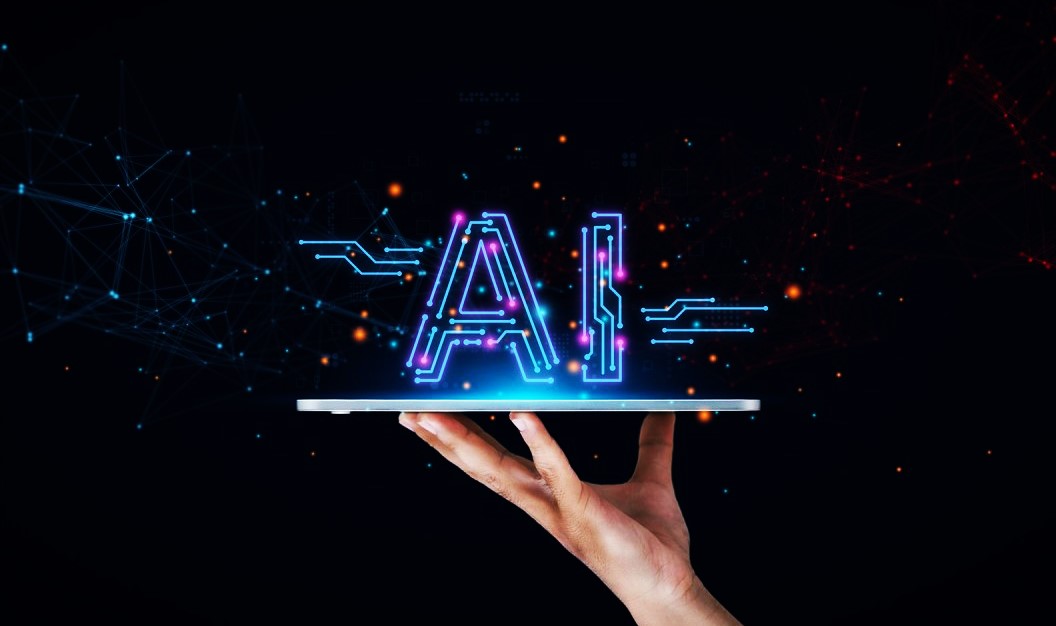Introduction to AI Writing Tools
AI writing tools are becoming increasingly sophisticated, enabling users to generate high-quality content quickly. These tools leverage advanced algorithms to create human-like texts, making them popular among bloggers, marketers, and students. As these tools evolve, reliable AI checker mechanisms have become crucial to ensure content authenticity and integrity. The ability of AI to generate coherent and contextually relevant content has revolutionized the way written content is produced. AI writing tools can suggest sentence structures, enhance vocabulary, and even mimic human writing styles, making them indispensable in various fields. Paraphrasing detection technologies are now an integral part of this landscape, helping to distinguish original content from rephrased material and uphold standards in academic and professional settings. Without accurate paraphrasing detection, the authenticity of content could be significantly compromised, leading to potential legal and ethical ramifications. Institutions, businesses, and content creators rely on these technologies to maintain a high standard of originality in their work.
The Importance of Paraphrasing Detection
The rise of AI writing tools comes the need for robust paraphrasing detection. Ensuring content originality is critical for maintaining academic integrity and trust in digital content. These mechanisms are necessary to protect the authenticity of written work, leading to potential issues of plagiarism and loss of credibility. Paraphrasing detection safeguards against the misuse of AI-generated text, ensuring that the essence of original thought and creativity is preserved. Paraphrasing detection is vital not only in academic settings but also in professional environments where the originality of content is paramount. For instance, original and unique content in marketing is crucial for SEO and brand reputation. Detecting and addressing paraphrasing help maintain the integrity and credibility of the content, which is essential for building trust with the audience. In educational institutions, paraphrasing detection tools uphold academic standards and prevent students from submitting unoriginal work.
How AI Detects Paraphrasing
AI detects paraphrasing through natural language processing (NLP) techniques, comparing text segments to identify similarities and differences. This technology helps differentiate between original content and rephrased material. At the core of AI’s paraphrasing detection capabilities are sophisticated algorithms that analyze text patterns, syntax, and semantics. These algorithms can detect direct copying and more subtle forms of paraphrasing, where the sentence structure is altered without changing the overall meaning. By leveraging machine learning, these tools continuously improve their detection accuracy, making them increasingly effective in identifying rephrased content. This technological advancement ensures that even the most cleverly disguised paraphrased content can be identified, maintaining the authenticity of the original work.
Benefits of Paraphrasing Detection
- Academic Integrity: Helps maintain high standards in educational institutions by ensuring students submit original work. Paraphrasing detection tools act as a deterrent against plagiarism, encouraging students to engage in genuine and critical thinking.
- Content Authenticity: Ensures that digital content is original and trustworthy, crucial for maintaining credibility with the audience. Authentic content fosters trust and engagement, which is vital for any brand or individual looking to establish their online presence.
- Brand Reputation: Protects brands from plagiarism-related scandals, which can have severe legal and financial repercussions. By ensuring that all published content is original, brands can maintain their reputation for authenticity and integrity.
Real-World Applications and Use Cases
Paraphrasing detection is applied in various sectors. For instance, universities use these tools to filter out unoriginal submissions, ensuring students’ work maintains academic honesty. Businesses deploy these technologies to verify the originality of their marketing materials, safeguarding their reputation and avoiding legal complications. In journalism, par phrasing detection tools are invaluable for ensuring that reporters and writers produce original content. In the age of digital media, where information spreads rapidly, maintaining content originality is crucial for preserving the credibility of news sources. Industries such as law, healthcare, and research also benefit from these tools, as they ensure that all documents and publications maintain high standards of originality and precision.
The Future of AI Writing and Paraphrasing Detection
In the future, AI writing and paraphrasing detection will advance further. Anticipate increasingly sophisticated algorithms that can comprehend context at a deeper level and offer judgments of content or originality that are even more accurate. More advanced models that can identify paraphrases and offer recommendations for enhancing content quality without sacrificing originality will likely be produced as AI technology progresses. These technologies will become increasingly crucial in p serving the reliability and authenticity of written content in various industries as they develop. AI writing and detection integration will foster a culture that values uniqueness and creativity while maintaining the integrity of the content. This will be especially crucial as the digital landscape expands and the demand for accurate material rises.
Conclusion
As AI writing tools become more prevalent, paraphrasing detection will be essential in upholding authenticity and integrity in digital content. Embracing these technologies responsibly will help maintain trust in our increasingly digital world. Educators, content creators, and businesses need to understand and leverage these tools, ensuring their use promotes creativity and genuine expression while safeguarding against the risks of unoriginal content.




